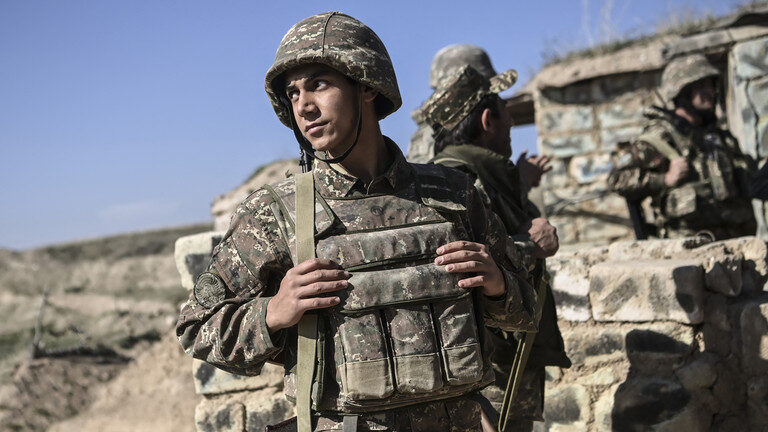
A ceasefire was declared in the disputed territory 21 months ago, but is there any chance of a genuine peace?Wars, ethnic cleansing, mutual accusations of war crimes, and historical injustice have always accompanied the Karabakh conflict which has smoldered in the heart of the Caucasus for more than 100 years. De jure, the territory of Nagorno-Karabakh belongs to Azerbaijan, whose territorial integrity is acknowledged by all member states of the UN. After the Second Karabakh War of 2020, Baku has been able to control most of this territory de facto as well.
Yet, there is no lasting peace in the South Caucasus in sight, with alarming news amid global instability. On September 12th Baku and Yerevan confirmed reports of "clashes," shattering the fragile Nagorno Karabakh truce. Explosions attributed to artillery and drones were reported by residents of Vardenis, Jermuk, Goris, and Tatev - cities within Armenia proper - shortly after midnight on Tuesday.
Hayk Khalatyan, the head of the Analytical Center for Strategic Studies and Initiatives in Yerevan, and Nijat Hajiyev, a political analyst from Azerbaijan, shared their thoughts with RT on why Armenians and Azeris keep returning to arms and if there is a way out of this vicious cycle. We have combined their monologues into one article.
What is Karabakh?
Hayk Khalatyan: Armenians call this land Artsakh. It's one of the 15 provinces of historical Armenia, an integral part where Armenians have lived and worked for thousands of years. Strabo, Plutarch, Ptolemy, and other ancient writers wrote about Artsakh as a part of Armenia, the Kingdom of Armenia.
The ethnic composition of the region did not change until the Middle Ages, when Turkic tribes began to arrive in great numbers. Various conquerors kept pushing back the border of Armenian lands, which used to run along the Kura, as the natives were forced to move to mountainous regions from the flat parts of Artsakh, which, until the 19th century, when Eastern Armenia became part of the Russian Empire, was still home to semi-independent princedoms known as the Khamsayi, or the five Melikdoms of Karabakh.
Nijat Hajiyev: Karabakh is one of the oldest parts of Azerbaijan. The word "Karabakh" itself comes from Azerbaijani and means "black garden". The Armenian name for this region came about much later. All you need to realize is that the contest for this territory has always been known as the "Karabakh conflict".
You can dig in the depths of centuries all you want, looking for some stone-age proof of your claims, but how does that relate to reality? In the Middle Ages, Karabakh was part of a state which existed on the territory of modern Azerbaijan, and was ruled by Muslim Turkic dynasties and inhabited by ethnicities who spoke Turkic languages.
The 18th century saw the emergence of the Karabakh Khanate ruled by the Turkic Javanshir dynasty. It was an Azerbaijani state with Azerbaijani aristocracy, in which Azerbaijanis made up the majority of the population. After the Treaty of Kurekchay was signed in 1805, the Karabakh Khanate was forced to transfer to Russian imperial rule. This document makes no mention of Armenians or the alleged Armenian origin of this region. Actually, neither Armenians, nor Russians, viewed this issue any differently back then.
The breakup of Russia and the arrival of the Soviets
Nijat Hajiyev: Things began to change during World War I. Western powers provided financial backing for Armenian nationalism in the Ottoman Empire, armed Armenians, and supported their separatist sentiments. This is when what happened, happened. We are still reaping the fruits of those events and decisions.
By the time the Bolsheviks came to power, Azerbaijan was in full control of Karabakh and was fighting to regain control in Zangezur. However, a decision of the Soviet Union left Zangezur in Armenian hands, although it was mostly inhabited by Azerbaijanis, and Karabakh became autonomous within Azerbaijan. The issue of Nakhchivan, which Armenians also laid a claim to, was regulated by the Treaty of Kars between the Soviets and Turkey.
Hayk Khalatyan: The Karabakh conflict (or, more accurately, the struggle to preserve Armenianhood in its historic motherland) reached new heights in the 20th century after the breakdown of the Russian Empire when Armenia, Azerbaijan, and Georgia gained independence. The fight for Karabakh was accompanied by the Armenian genocide in the Ottoman Empire and Turkey's active involvement in the conflict. The Turkish army was helping Azerbaijan, which it had close ethnic ties to, in its war against the Armenians, using massacres, pogroms, and ethnic cleansing carried out in Eastern Armenia to resolve the "Armenian issue" once and for all. One example here would be the Shushi massacre in 1920 when tens of thousands of Armenians were killed and deported.
Soviet rule in the South Caucasus took the edge off the conflict for several decades, but it failed to resolve it and even created more reasons for its re-emergence. Through an arbitrary legal decision, the political leadership of a third country - the Russian Communist Party (Bolsheviks) - gave Nagorno-Karabakh and Armenian-inhabited Nakhchivan to Azerbaijan. Armenians believe it was the result of a deal between Vladimir Lenin and [Turkish leader] Mustafa Kemal Ataturk.
Independence and war
Hayk Khalatyan: When Soviet control loosened towards the end of the 1980s and the USSR began to disintegrate, the conflict flared up again. Armenian residents of Nagorno-Karabakh, who had been pressured and discriminated against by the Azerbaijani authorities throughout the Soviet period, decided to reunite with Armenia to avoid the fate of Nakhchivan Armenians, who had been completely pushed out of the autonomous republic by the Azerbaijani government. Those developments took place amid pogroms perpetrated against Armenians in Sumgait, Baku and other Azerbaijani cities. The issue of Karabakh's reunification with the Armenian Soviet Socialist Republic was on the agenda even before the USSR collapsed. When Soviet republics gained independence, Nagorno-Karabakh Armenians decided they wanted it too, in accordance with peoples' fundamental right to self-determination as stipulated in the UN Charter.
What's important to note is that the Nagorno-Karabakh Autonomous Region seceded from the Azerbaijan Soviet Socialist Republic in full compliance with Soviet legislation. Moreover, the present-day Republic of Azerbaijan considers itself to be the legal successor not to the Azerbaijan Soviet Socialist Republic, but only to the Azerbaijan Republic of 1918-1920, which never included Nagorno-Karabakh. One may recall that, back then, Azerbaijan was not admitted to the League of Nations due to the contested status of Karabakh among other things.
More recently, the residents of Artsakh were first able, with Armenia's help, to repel Baku's aggression in the war of 1992-1994 to defend their right to independence and then spent many years trying to resolve the problem through negotiations. In an effort not to jeopardize the negotiation process Armenia refrained from acknowledging the independence of Artsakhall during those years, hoping that the co-chairs of the OSCE Minsk Group - Russia, the US and France, who were overseeing and facilitating the negotiations - would find a mutually acceptable resolution. On two occasions, the parties were very close to signing a peace deal - in Key West in 2001 and in Kazan in 2011 - however, Baku refused to sign both times.
Throughout recent years, Azerbaijan was preparing for war. Leveraging a favorable international environment in the fall of 2020 (the COVID pandemic, tensions between Russia and the West, and elections in the US) and the active military and political support from its allies in Turkey, Azerbaijan started a war against Artsakh by occupying three-quarters of the territory of the Nagorno-Karabakh Republic, including districts which used to be part of the Nagorno-Karabakh Autonomous Region (Shushi, Hadrut, etc.). Only a timely deployment of Russian peacekeepers helped save the Artsakh Armenians from a full-scale ethnic cleansing.
Nijat Hajiyev: When the central Soviet government lost its grip on power, a conflict broke out which drove Azerbaijanis from their homes not only in the so-called former Nagorno-Karabakh Autonomous Region but also seven adjacent districts. Armenian occupation displaced a total of almost 700,000 people.
The 44-day war in 2020 allowed Azerbaijan to free its territories. The conflict was ended with a trilateral statement by Azerbaijan, Russia, and Armenia, which gave Russia the mandate to launch a peacekeeping mission in Karabakh.
Even though the conflict is over, some issues concerning the implementation of several parts of the trilateral statement are yet to be resolved. The latest Operation Revenge carried out by Azerbaijan's Defense Ministry was triggered by the killing of an Azerbaijani soldier by Armenian armed elements, which occurred on the territory temporarily controlled by the Russian peacekeeping mission in Karabakh and, in fact, behind Russian peacekeepers' backs.
What's next?
Nijat Hajiyev: Broadly speaking, the results of Operation Revenge contribute to the full implementation of the provisions of the trilateral agreement, which both parties to the conflict and Russia as its guarantor say they are committed to.
In particular, Paragraph 4 of the statement unequivocally calls for the "withdrawal of the Armenian troops" "concurrently with the deployment of the peacemaking forces of the Russian Federation". As we know, the Russian peacemaking forces were deployed within 48 hours after the statement was signed in November 2020. It's the middle of 2022 now, and what are the Armenians saying?
Armen Grigoryan, secretary of the Security Council of Armenia, said in July that the withdrawal of "regular" Armenian troops would not take place until September. He also seemed to give an indication that the so-called "contract soldiers" could illegally stay behind in Karabakh, which, let's not forget, is a sovereign part of Azerbaijan according to international law, and Vladimir Putin confirmed that, by the way. So who bears responsibility for not fulfilling one of the most important requirements of the trilateral agreement to demilitarize Karabakh, even though two years have passed?
And this is not all. According to Paragraph 6 of the agreement, the parties are responsible for the construction of a new route via the Lachin Corridor bypassing the town of Lachin, which, in accordance with the same agreement, was supposed to have been cleared of Armenian troops by December 1, 2020. Over the past two years and a half, Azerbaijan has built most of the road on its territory to fulfil this provision. What has Armenia done? As recently as a month ago, Armenian officials said they were only now outlining the route of the Armenian part of the road. Understandably, Baku perceives this as an act of sabotage and the lack of willingness to complete the withdrawal from the Lachin District, which, by the way, is outside the administrative borders of the former Nagorno-Karabakh Autonomous Region.
What we are seeing now is a sabotage of the trilateral statement. A failure to fulfil one's responsibilities is exacerbating the atmosphere of constant tension and brinkmanship. This situation of great uncertainty goes against Azerbaijan's vital interests.
However, Baku's decisive action shows that Azerbaijan has the will and the tools to pressurize Armenia into implementing the agenda for peace through real steps, not just words. Incidentally, the statement by Armenia's minister of territorial administration and infrastructure Gnel Sanosyan about the immediate start of the construction of the Armenian part of the Lachin Corridor proves the effectiveness of the steps Baku was forced to take.
Hayk Khalatyan: Once again capitalizing on a conducive international environment (with the attention of Russia and the international community diverted to the Ukrainian conflict and the West seeking to replace Russian oil with supplies from Azerbaijan), Baku is trying to achieve a final resolution of the Karabakh issue and drive Armenians from their historical motherland. Armenian cultural and historical monuments are being destroyed with ancient Armenian churches and temples undergoing "Albanization" just like in 1998-2005 when the Azerbaijani authorities were destroying medieval Armenian khachkars in Jugha(Nakhchivan) with impunity. The international community was content to turn a blind eye, and, in spite of all that, representatives of Azerbaijan kept being elected to leading positions at UNESCO, which is supposed to fight for the preservation of historical monuments.
Given the level of Armenophobia in Azerbaijan, which for decades has been incited by the country's leadership and has resulted in the glorification of such people as Ramil Safarov(who chopped off the head of a sleeping Armenian officer during a NATO training seminar in Budapest), it is unlikely that Nagorno-Karabakh Armenians will want to remain in this country.
The international community, the civilized world, and the leading powers have a chance to prevent another Armenian genocide at least this time. They could, just this once, put geopolitical and energy interests aside to remember historical justice, human rights, and their declared values. It's hard to imagine that, even in the 21st century, the world prizes Azerbaijani oil over Armenian blood.
Global and regional players including Baku and Ankara, who are trying to quickly achieve peace that serves their interests by demanding unilateral concessions from the Armenians, violating their rights, and at the expense of their blood and motherland, would do well to remember that a peace like that cannot last. Sooner or later, new leaders will come to power in Armenia who will demand justice, the return of their motherland, and payback for crimes committed against the Armenian people, which will lead to a renewed conflict and more wars. Only peace based on compromise has a chance to be long-lived. Azerbaijan should understand how the international environment and the global players' interests may sometimes shift overnight.
By Hayk Khalatyan, the head of the Analytical Center for Strategic Studies and Initiatives in Yerevan
By Nijat Hajiyev, a political analyst from Azerbaijan
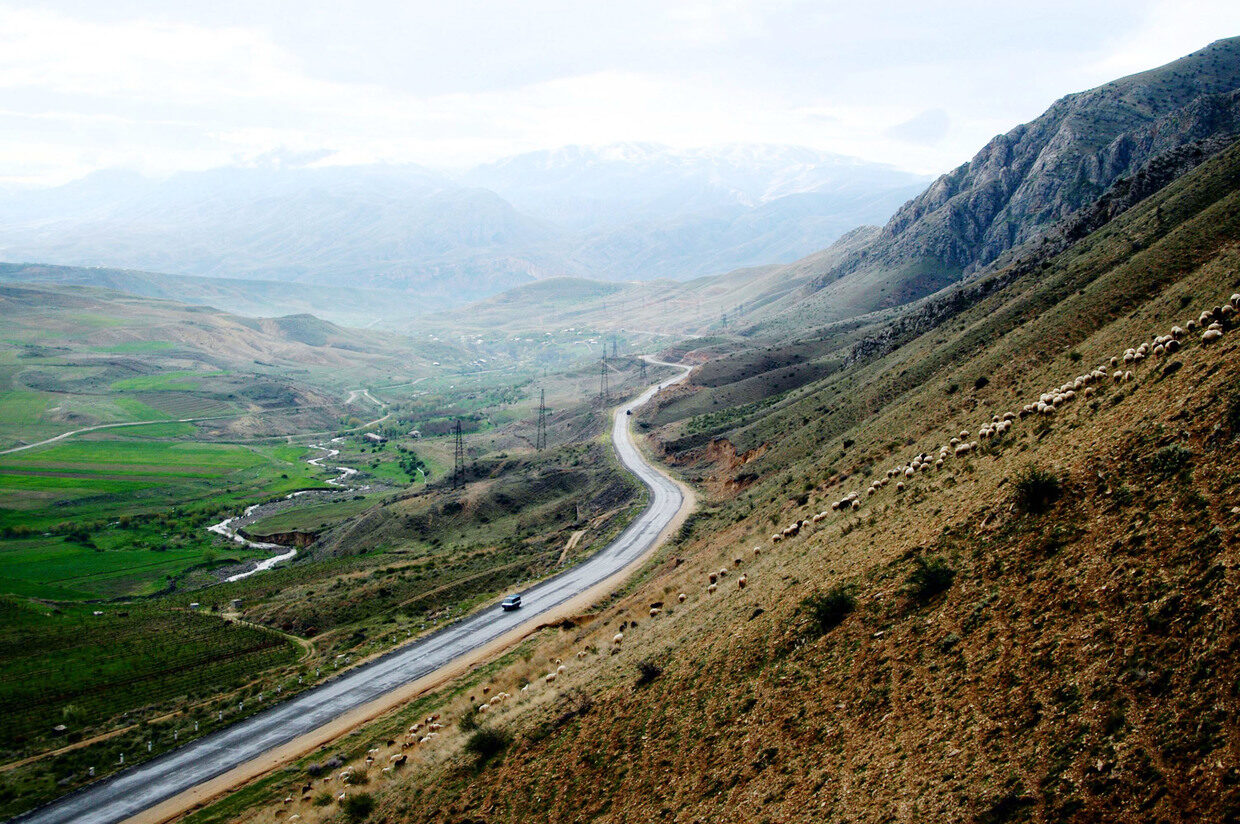
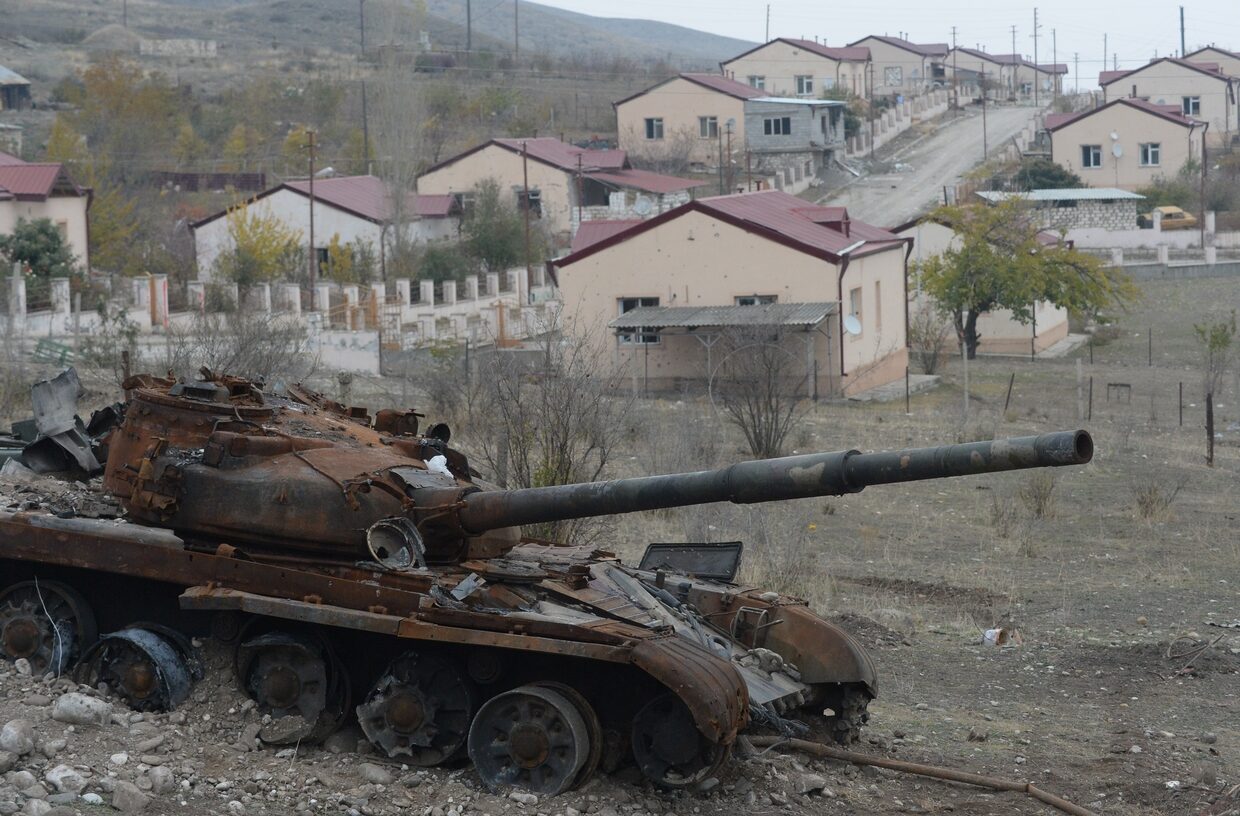
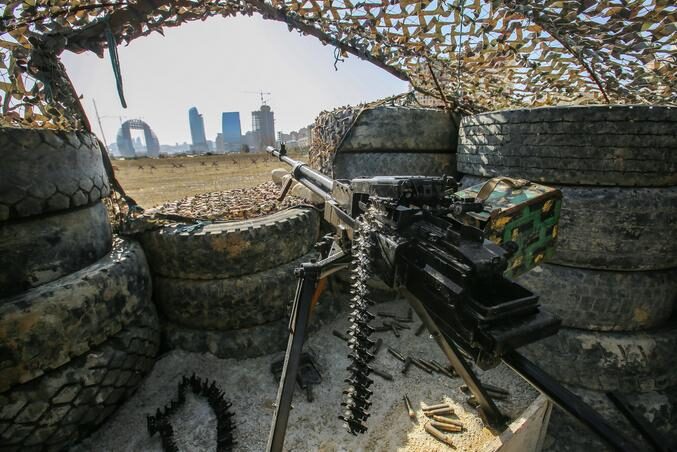
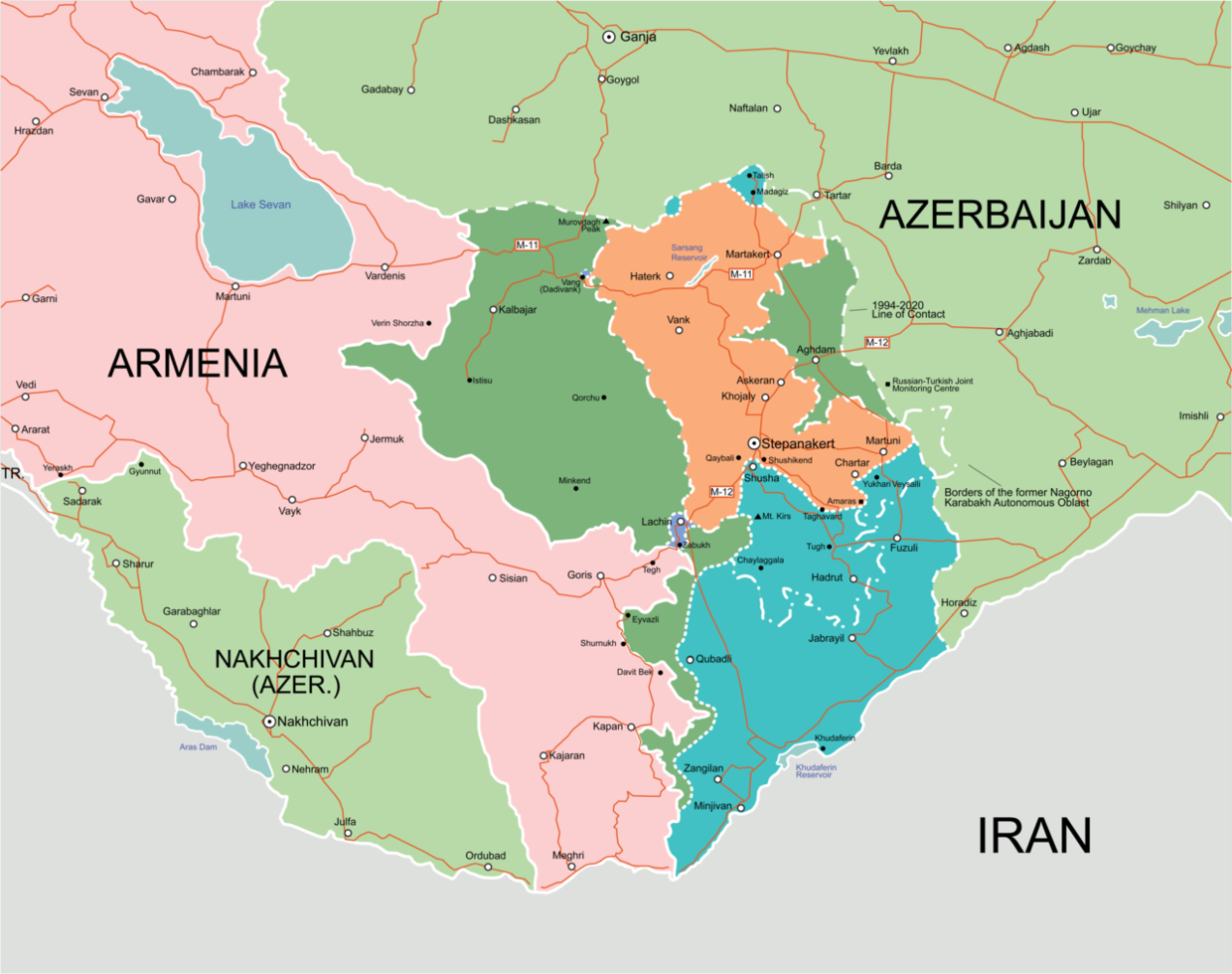



Reader Comments